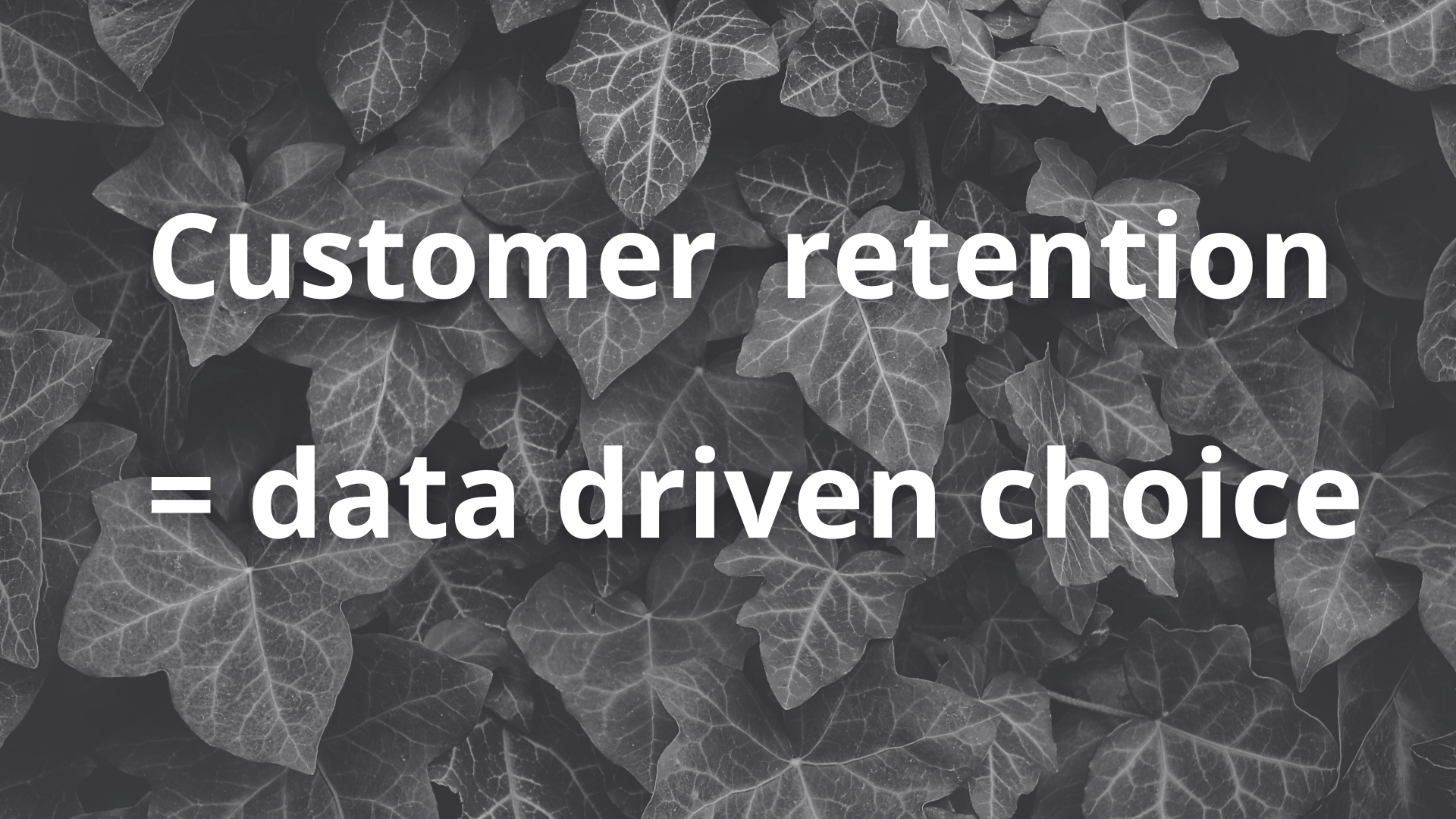In today's business landscape, it's all about customer focus. We live in a time where customers have more choices than ever before and have therefore become more demanding. Retaining existing customers has become crucial to the growth and stability of any company, especially for SMEs, but many companies seem to wake up only when customers have left. Companies that do not know actively and clearly what is going on with their customers will not see customer departures in time. This lack of insight can cost them dearly.
Why customer retention is not an option but a must
Research shows time and again how expensive new customer acquisition is. On average, it costs five to seven times more to attract a new customer than to retain an existing one.
Companies that don’t understand their customers fall behind
The financial benefits of customer retention aren't just theoretical: an improvement of just a few percentage points in customer retention can dramatically improve profitability. However, we still see many SMEs investing mainly in new acquisitions, while underestimating the value of existing customers.
Flying blind without insights
The biggest danger is not so much the lack of attention to customer retention, but, above all, the lack of insight. For example, companies with more than a hundred customers simply no longer have the ability to manually track how each customer behaves. Without clear insights, they go blind, and customer loss comes as an unexpected surprise. In fact, it's rarely really unexpected.
The hidden value in existing data
Every company, and certainly every SME, sits on a goldmine of data in their ERP systems, data that contains valuable signals about customer behavior and satisfaction. This includes financial data, such as invoice payment timeliness, ordering behavior, and complaint history, but also digital indicators like website visit frequency, session duration, or social media engagement, especially if your business is active online.
A customer rarely leaves without warning, but if you’re not looking, you won’t see it.
Depending on the industry and context, different indicators may matter. But one thing is certain: ignoring that data is choosing ignorance.
Early warning signals of customer loss
The signs of potential churn differ by sector, but several common indicators are easy to identify:
- Changes in payment behavior: Customers who suddenly pay invoices late may be dissatisfied or facing financial trouble.
- Reduced order frequency or size: A sharp drop in buying habits is a clear red flag.
- Digital disengagement: Declining website visits, fewer email interactions or social media engagement, and less contact with your support team are subtle but powerful indicators.
When companies fail to pick up on these signals, they often act too late, if at all. Customers leave quietly, long before anyone notices.
The power of business intelligence
The solution lies in clear, actionable business intelligence (BI) dashboards and reports. Modern BI tools allow you to process large volumes of data and uncover hidden trends. A solid BI strategy empowers companies to act proactively, not reactively. In other words: to take action before the customer walks out the door.
Key KPIs that make the difference
To improve customer retention, there are a few essential KPIs you should be tracking:
- Churn Rate: A straightforward indicator of customer loss.
- Customer Lifetime Value (CLV): Helps prioritize customers based on their long-term value.
- Net Promoter Score (NPS): A measure of satisfaction and loyalty, and a drop is often a red flag.
- Purchase frequency and volume: Make it easier to detect shifts in behavior early on.
A real-world example
I remember an SME wholesaler that suddenly lost a few major clients. The reason? They had no insight into subtle shifts, such as later payments and reduced order volumes. Once they discovered this via their renewed BI dashboards, they were able to deploy a preventive retention strategy for similar clients showing early signs of disengagement. The results were remarkable: further churn was significantly reduced.
Practical recommendations for better customer insights
To truly use BI effectively for retention, here are some concrete tips:
- Make data accessible and intuitive: Dashboards must be simple, visual and directly usable. Actionable is key.
- Be proactive: Set up alerts and notifications to catch deviations in behavior before it’s too late.
- Use segmentation: Divide customers into meaningful groups so you can target retention actions more precisely.
- Continuously evaluate and improve: Schedule regular reviews to ensure your dashboards remain relevant and aligned with changing customer behavior.
Conclusion: not knowing what your customers think will cost you
Lacking customer insight is no longer a tolerable risk. Companies that fail to use their data to understand what customers really think and feel will gradually fall behind. By ignoring early trends and warning signs, they lose not just customers, but also revenue and competitive position. The use of smart, action-oriented BI tools is the difference between navigating blindly and steering with intention. It’s time to take your data seriously. Because customer retention isn’t just valuable, it’s essential to the survival of any modern business.



